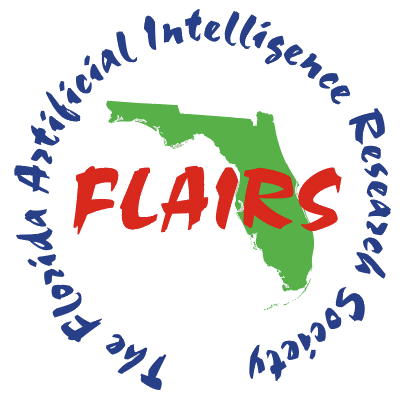Fluid Path Detection Model for Lab on a Chip Images Using Deep Learning-Based Segmentation Approach
DOI:
https://doi.org/10.32473/flairs.37.1.135537Palavras-chave:
Lab on a chip, Image segmentation, Deep Learning, Diagnosis, MicrofluidicResumo
This paper explores the potential of Lab on a Chip (LOC) technologies in transforming diagnostic, biotechnology, and chemical/mechanical analysis fields. The proposed solution integrates advanced image processing into an automated tool, providing a robust and efficient method for precise data extraction from microfluidic chip images. In this study, we identify the fluid path in each frame, thereby improving the platform for tracking valuable fluid parameters over time, such as the viscosity of biofluids. Different patterns of LOC were developed then captured and related masks were established to create the 150 images dataset.[1]Using the DeepLabv3+ deep learning model on the dataset, this study achieves remarkable validation accuracy of 98.95% and a low loss value of 0.012 for chip analysis path segmentation. The successful integration of DeepLabv3+ and meticulous preprocessing enhances understanding of fluid behavior within microfluidic chips, paving the way for advancements in chip design, diagnostics, and fluid feature-based analyses.
Downloads
Publicado
Como Citar
Edição
Seção
Licença
Copyright (c) 2024 Mahmood Khalghollah, Esmaeil Shakeri , Azam Zare, Behrouz H. Far, Amir Sanati-Nezhad

Este trabalho está licenciado sob uma licença Creative Commons Attribution-NonCommercial 4.0 International License.


